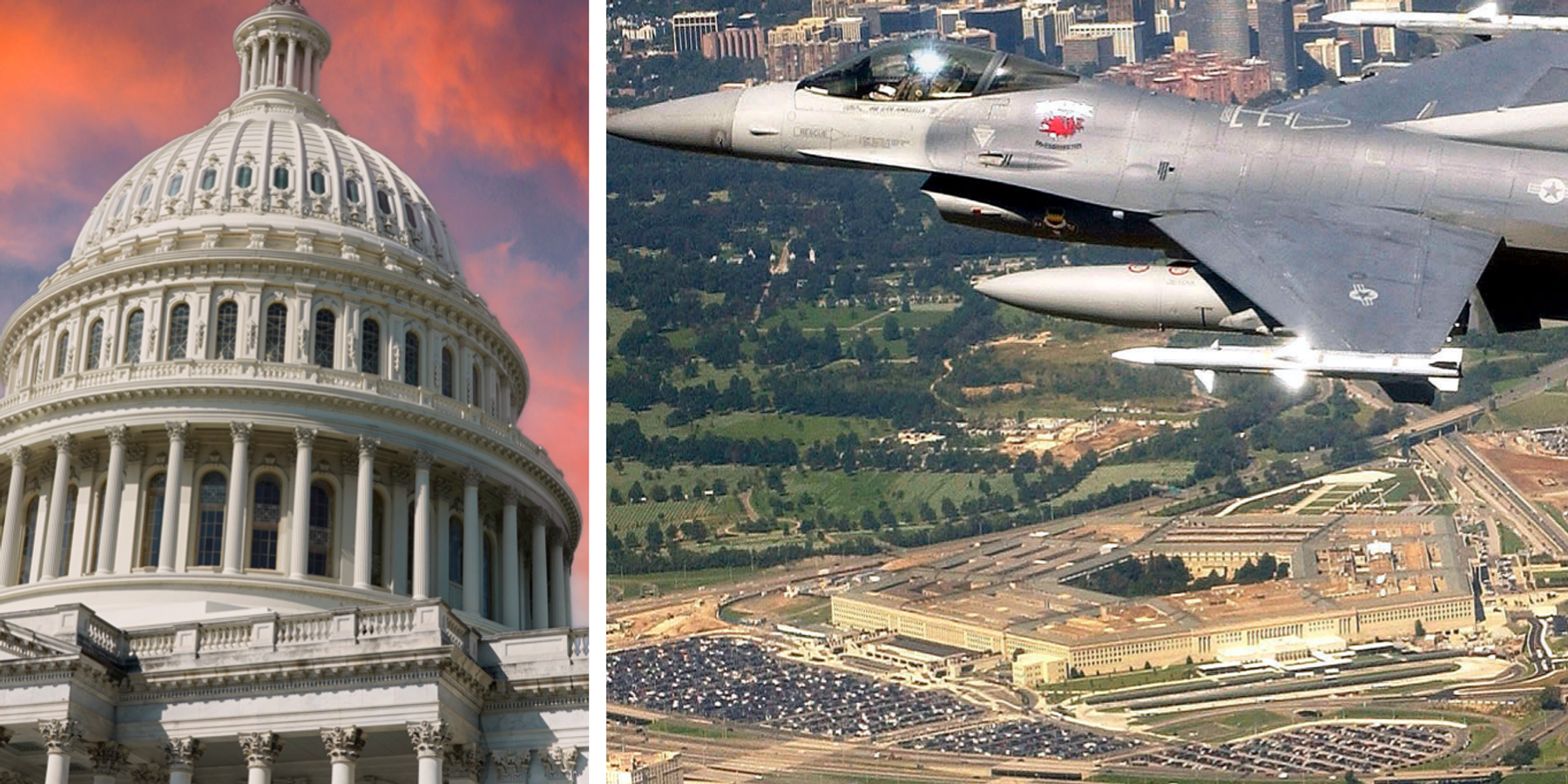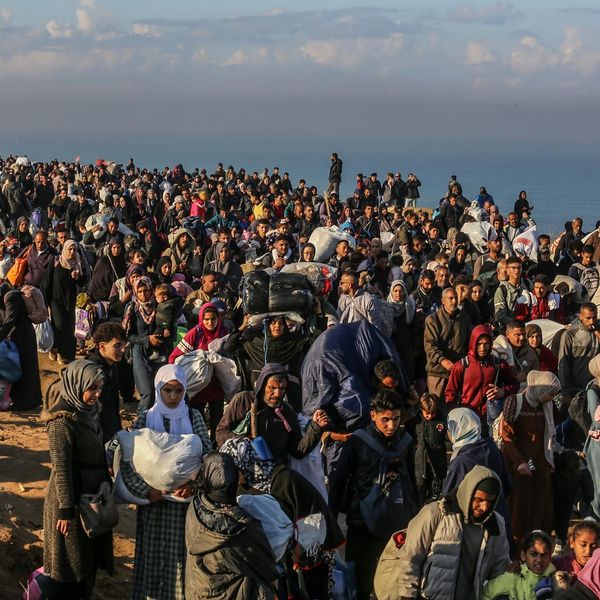As a brand new Congress and administration settles in, the groundwork is being laid for a historic increase in military spending that could lead to catastrophic implications for the federal budget.
Senator Roger Wicker (R-MS), the new head of the Senate Armed Services Committee, is calling for a $120 billion hike over the next two years, and other key Republicans are calling for an increase of up to $200 billion. This follows a rise of some $160 billion over the four years of the Biden Administration.
But the accounting of annual dollar figures amid the technicalities of the budget reconciliation process today is perhaps less important than the conceptual and practical sea change in the long term approach to military budgeting being planned. Sen. Wicker is advocating setting a new floor for military spending at 5% of the national economy – a scheme apparently endorsed by President Donald Trump at Davos yesterday when he called for “all NATO nations” (presumably including the United States) to spend at least 5% of GDP on defense.
The implications of spending at least 5% of the entire national economy on the military each year are striking. The first is the sheer dollar figures involved. In 2024, a 5% floor would have led to approximately $1.45 trillion in military spending as opposed to the actual level of $886 billion — a difference of over $550 billion or some 60%.
That level of spending won’t happen overnight. The scale of the increase implied by a 5% floor is such that it can’t be accommodated in one or even two to three years. The additional funds are so great that the entire U.S. military-industrial complex would need to be scaled up to absorb them. But the long-run budgetary implications of such an increase are extremely concerning.
In recent work for the Quincy Institute, Steve Kosiak, a former senior White House defense budget official, projects that by 2034 a 5% of GDP floor on military spending would lead to an almost 90% increase in real (inflation adjusted) spending as compared to the current path for Pentagon spending.
A sustained expansion in military spending of this size would have a tremendous impact on the ability of the government to pursue other national priorities. This is especially true since the Trump Administration also appears committed to a major tax cut (far larger than any new revenues brought in by potential tariffs).
As Kosiak’s work documents, the combination of a massive boost in Pentagon spending and tax breaks would require either major cuts in central entitlement programs like social security or health care, or a long-term explosion in the Federal debt to levels two to three times the highest levels ever previously recorded. While it’s become fashionable to claim that “deficits don’t matter,” expanding the Federal debt to such unprecedented levels carries significant risks to economic growth.
Besides the implications for spending and deficits, a commitment to spend at least 5% of national economic production on the military would change the essential nature of military budgeting. Instead of setting the budget by assessing actual concrete needs for national defense — a process that already leads to a significant degree of waste and abuse— a spending floor would require spending to mechanically increase as the size of the economy grows, regardless of documented military needs.
The effect would be like a “military tax” on the U.S. economy, requiring a nickel of each additional dollar of production to go to the Pentagon.
The policy would also have significant effects globally, as it would tend to hard-wire an arms race dynamic into the world economy. With the U.S. and close allies increasing military spending each year as their economies grew, U.S. rivals would also feel pressure to spend more in order to keep up. Global military expenditures, already at the highest levels ever recorded, would likely spiral upward. This in turn would feed the U.S. justification for continuing to increase military spending.
While rivals that are significantly poorer than we are, such as Russia, Iran, or North Korea, would certainly feel stress to their economy in trying to keep up with our spending, a wealthier manufacturing power like China has a great deal of ability to boost military spending in response to a U.S. buildup. Estimates of Chinese military spending vary, but are generally at around 2% of GDP, leaving substantial room for growth.
At various times, when the economy was much smaller, the U.S. has certainly spent more than 5% of GDP on the military. But today, this would represent a much higher absolute level of military expenditure. More importantly, it is not necessary to actually defend the American public or secure vital national interests.
Sen. Wicker’s defense spending plan claims that the U.S. confronts “the most dangerous threat environment since WW2” due to facing an “axis of aggressors” that includes China, Russia, Iran, and North Korea. It claims that America needs to budget for fighting at least two active and protracted wars simultaneously, one to defeat China and another to defeat a second aggressor in another part of the world, while maintaining additional military forces in reserve to intimidate other potential aggressors.
Further, it insists that during such a conflict we must assume that America could not rely on effective military assistance from its alliance network.
Rather than assuming that it is necessary to prepare for this terrifying and extreme scenario of an isolated America fighting a two-front global war against multiple nuclear powers, we should ask whether it can be averted by less risky and expensive means than almost doubling our military budget over the next decade.
The decision to prepare for a “nuclear WW3” scenario would require major economic sacrifices for the entire American population. Unfortunately, it appears that many in Washington wish to take us in this direction.
- New spending bill squanders billions on dysfunctional weapons programs ›
- Welcome to the defense death spiral ›
- GOP lawmakers question endless military spending | Responsible Statecraft ›
- European militarism on steroids is not good, either | Responsible Statecraft ›
- Pushing East Asia to hike defense could boomerang on Wall Street | Responsible Statecraft ›
















